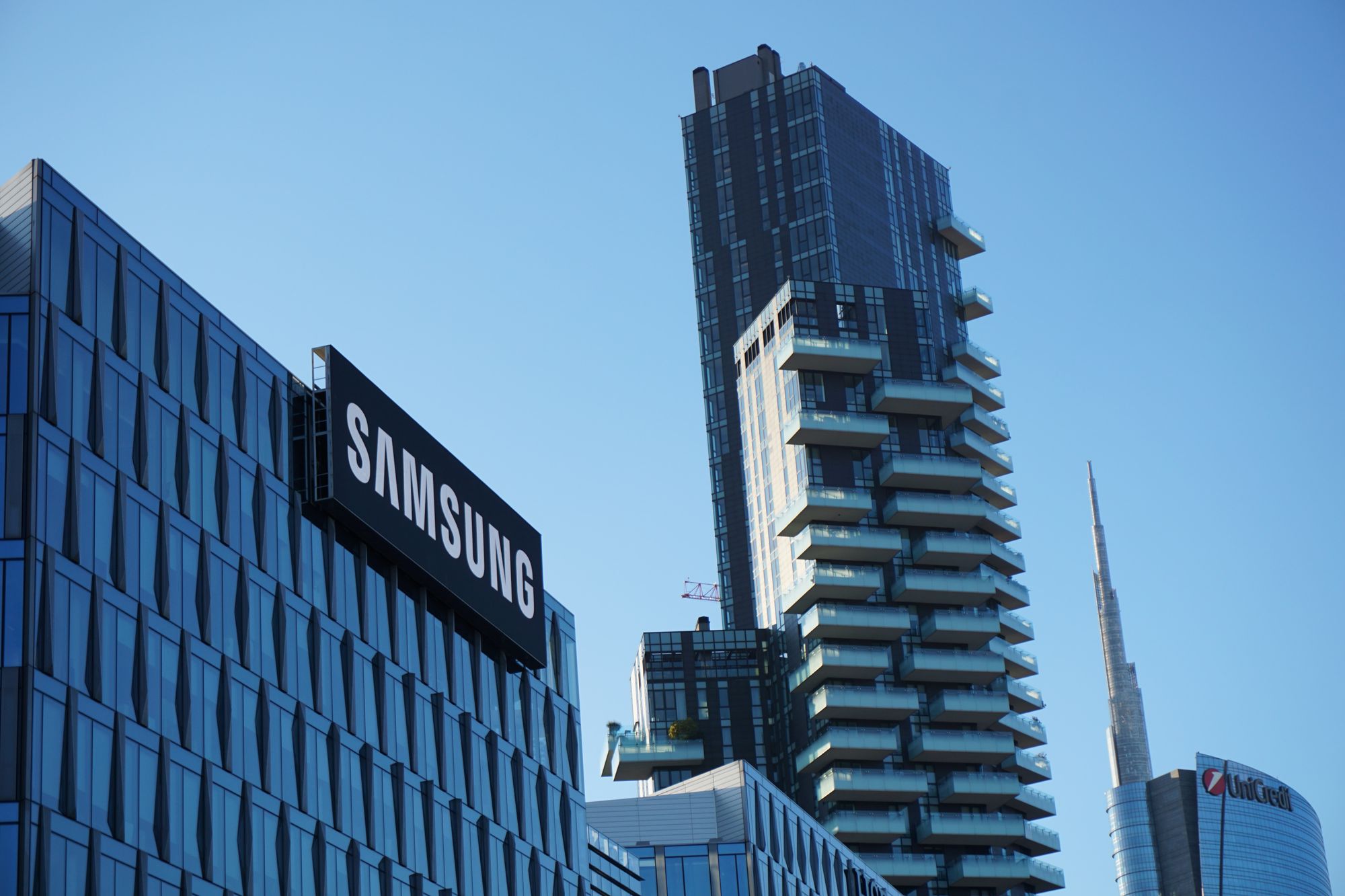Explosion Rocks Apple Factory


Apple probably thought the worst was over in terms of its relationship with its troubled Taiwanese supplier Foxconn. After a series of tragic, not to mention embarrassing, suicides at the company’s factory in southern China, management acceded to significant wage increases. The controversy that briefly embroiled Apple over working conditions died down. Consumers returned to their queues to buy the iPhones, iPads and other iDevices for some of which Foxconn is the principal manufacturer.
That was before an explosion on Friday ripped through a workroom at one of Foxconn’s several plants, in Chengdu. The blast killed three workers. The plant manufactures iPads, among other Apple products. Attention has turned to conditions in the plant, not least because a report by a Hong Kong-based advocacy organization had highlighted only weeks earlier what it characterized as safety lapses at this particular factory.
Who knew dust could cause such headaches? Yes, dust. The company that epitomizes high-tech appears to have fallen victim to a phenomenon long known to wheat farmers and coal miners: dust explosion. Herein lies an unexpected cautionary tale for managers both dusty and dustless.
The science of dust explosions is reasonably well understood. More materials are combustible than is often realized; they don’t burn in the everyday because in their solid form they require too much oxygen or too great a heat to ignite. Think of metals like aluminum, which in foil form would melt before it would burn. Or wheat or coal, which are known to be flammable but not generally thought of as explosive.
But when such materials are ground into a fine dust and suspended in air—as can happen in a factory that drills or polishes them or a silo that stores them—they become more easily ignitable. And since this typically happens in a relatively confined space, the requisite pressure and enclosure conditions can exist to turn a factory into a bomb.




